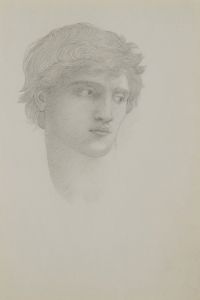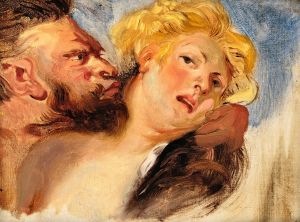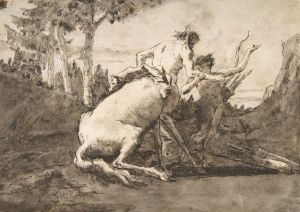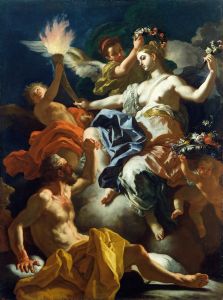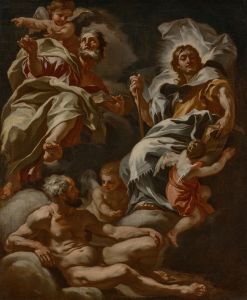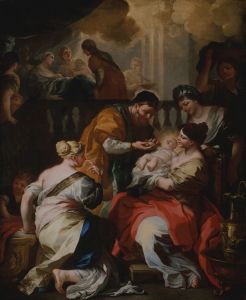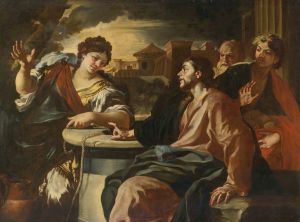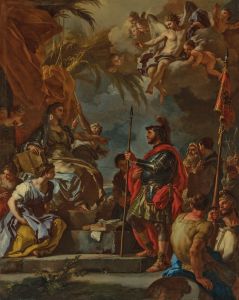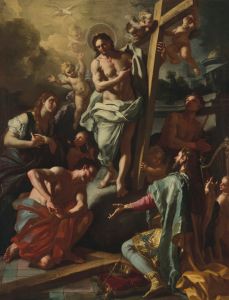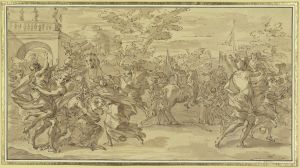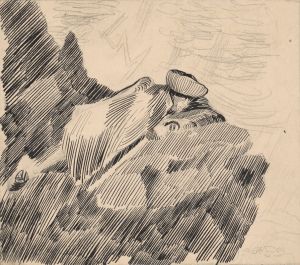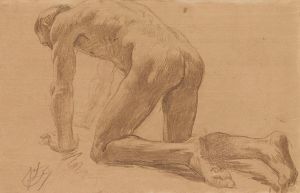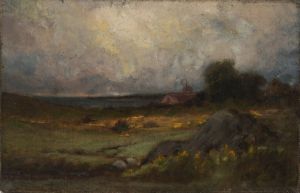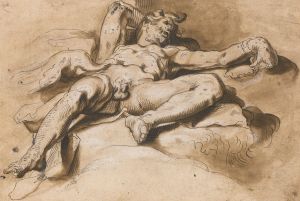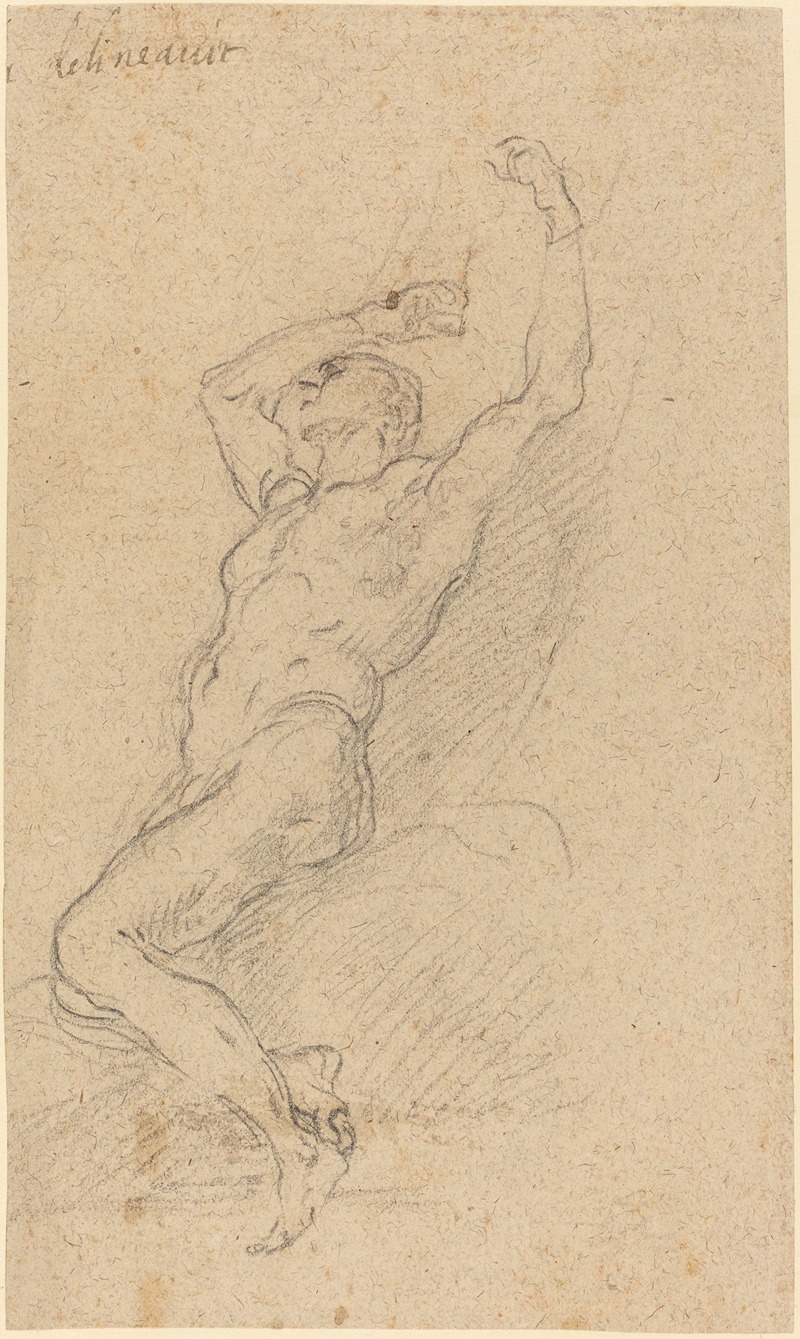
A Nude Man Chained to a Rock
A hand-painted replica of Francesco Solimena’s masterpiece A Nude Man Chained to a Rock, meticulously crafted by professional artists to capture the true essence of the original. Each piece is created with museum-quality canvas and rare mineral pigments, carefully painted by experienced artists with delicate brushstrokes and rich, layered colors to perfectly recreate the texture of the original artwork. Unlike machine-printed reproductions, this hand-painted version brings the painting to life, infused with the artist’s emotions and skill in every stroke. Whether for personal collection or home decoration, it instantly elevates the artistic atmosphere of any space.
Francesco Solimena (1657–1747) was a prominent Italian Baroque painter known for his dramatic compositions and dynamic use of light and shadow. Among his extensive body of work is the painting A Nude Man Chained to a Rock. This artwork is an example of Solimena's mastery in depicting the human figure and his ability to convey intense emotion through his compositions.
The painting portrays a male figure, nude and bound to a rock, in a moment of apparent suffering or struggle. The subject's muscular form and the tension in his pose highlight Solimena's skill in anatomical accuracy and his deep understanding of human anatomy. The dramatic lighting, a hallmark of the Baroque style, emphasizes the contours of the figure's body and creates a stark contrast between light and shadow, adding to the emotional intensity of the scene.
While the exact context or narrative of the painting is not definitively documented, the imagery of a man chained to a rock has been associated with mythological or allegorical themes in art history. Such depictions often draw from classical mythology, where figures like Prometheus, who was punished by the gods and bound to a rock, served as symbols of suffering, endurance, or defiance. However, without specific historical records or inscriptions tied to this painting, the precise subject remains unclear.
Solimena was active in Naples and was influenced by the works of earlier Baroque masters such as Caravaggio and Luca Giordano. His works often combined dramatic intensity with a refined elegance, and he was highly sought after by patrons across Europe. A Nude Man Chained to a Rock reflects his ability to merge technical precision with emotional depth, making it a compelling example of Baroque artistry.
The painting is currently housed in a private collection, and detailed information about its provenance or commission is not widely available. As with many works from this period, further research or documentation may provide additional insights into its origins and significance.





